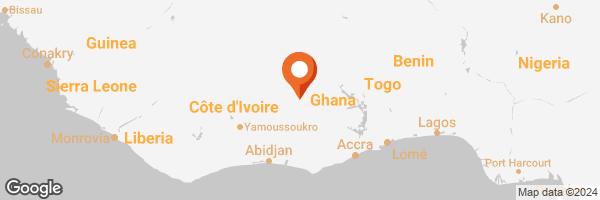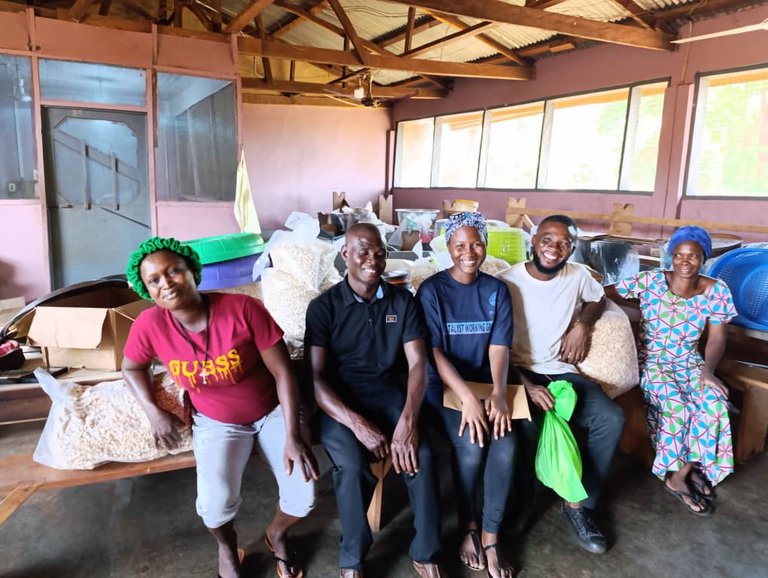
Today, we are going all the way to a Kabile, a small community in the Jamam North district in the Bono region of Ghana. This community shares borders with Cotè d’Ivoire which is also among the largest producers of cashew in Africa. Annually, Ghana produces over 200,000 metric tons of raw cashew nuts and processes only 27,000 metric tones annually. You’re probably asking yourself where the rest goes to. Your guess is as good as mine. Most of the cashew nut we produce in Ghana is being exported to countries like Mexico and Thailand.
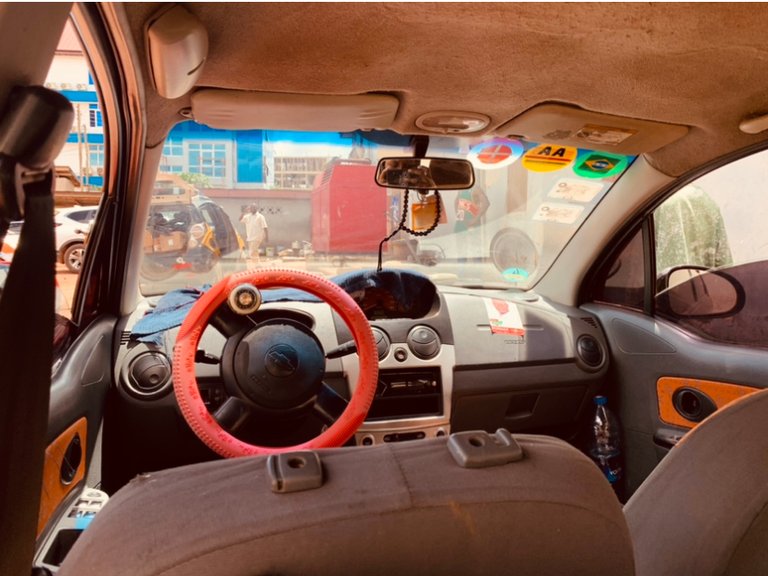
You might be wondering how I know so much about cashew. Well, I didn’t know this much until work decided to take me on this adventure. The journey was a rough one as the roads were in a terrible state. We finally arrived in Kabile after driving the whole day and immediately made our way to the Kabile Cashew farmer’s processing cooperative which is one of the leading cashew processing companies in Ghana.
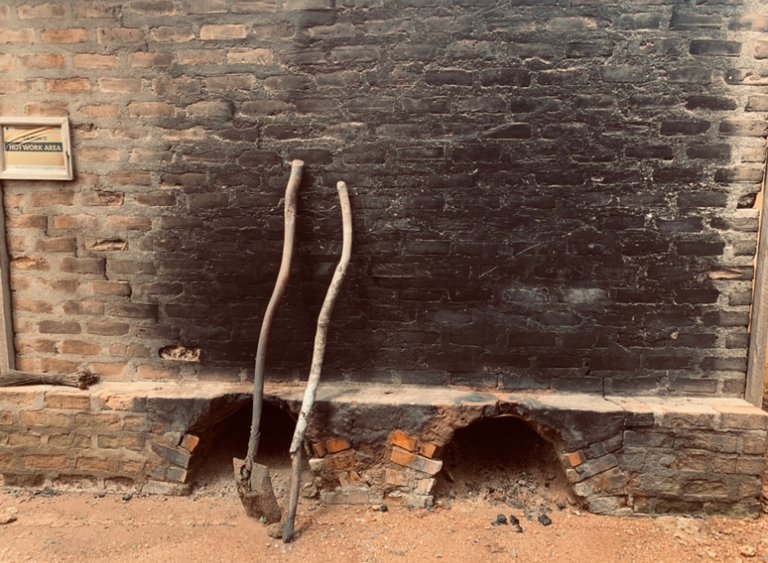
Even though this processing factory is know to process raw cashew nut, they find it hard obtain their raw materials as they are competing with exporters in the market. The cashew farmers on the other hand , only sell to those who have ready cash. We met with Mr Mathew, the manager of the Kabile cashew processing company as we wanted to know more about what they do there.
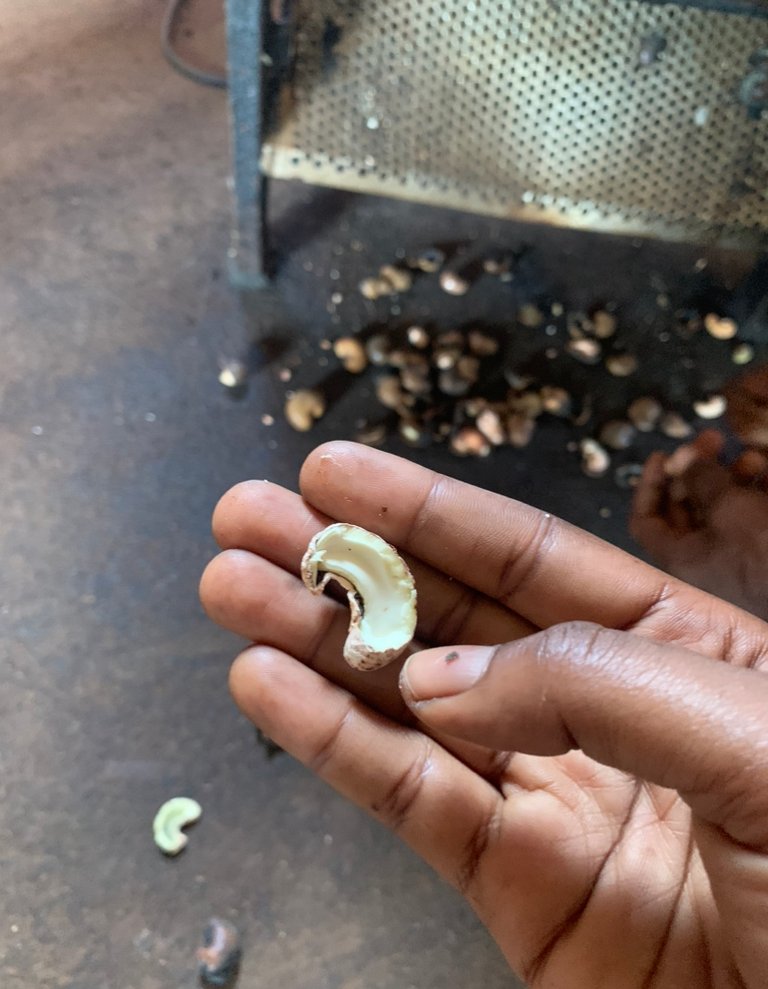
He took us around his factory which had grown bigger over the past 22 years with a starting capital of less than a dollar. Today, his company processes over 20 tons of raw cashew nut monthly, providing jobs for over 45 women. Impressive right? He took us around his factory where we saw the process needed to provide us with the fresh cashew we enjoy everyday. Cashew is in very high demand across the world due to its nutritional value.
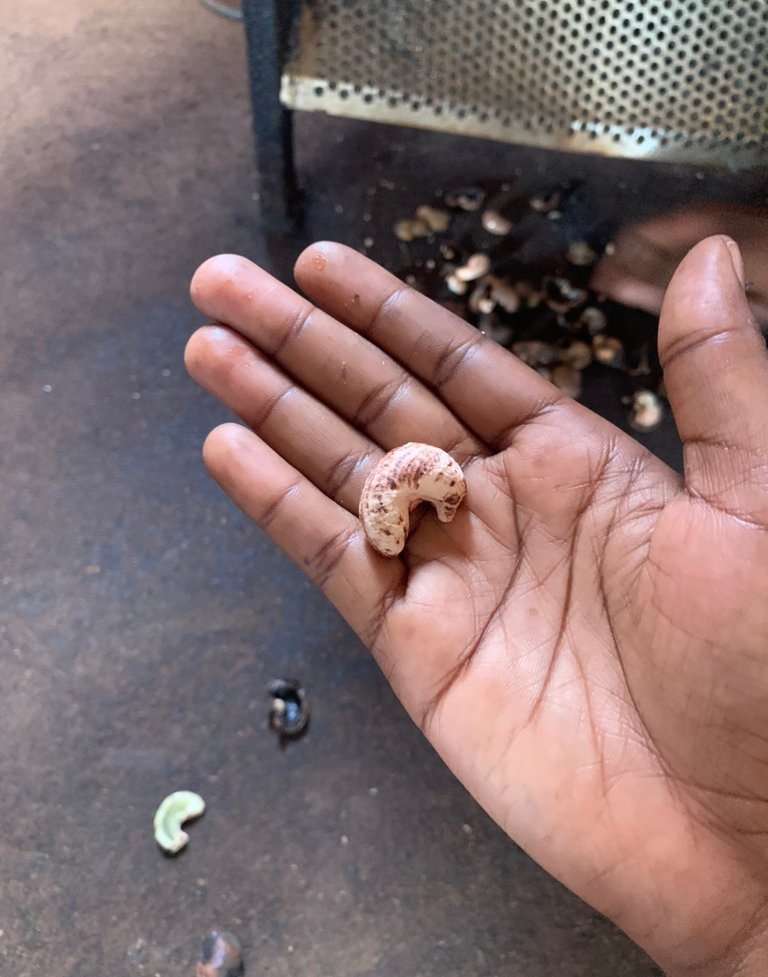
In the processing of the raw cashew nuts, the nuts are first roasted in a steamer for some minutes after which they are then deshelled using a cutting machine. This opens up the cashew nut in order to obtain the cashew kernel. After cutting, the cashew kernels are removed from the nuts after which they are then cleaned up, packaged and sold out to consumers and also secondary processors. The process sounds easy but trust me, it isn’t as easy as you see it to be.
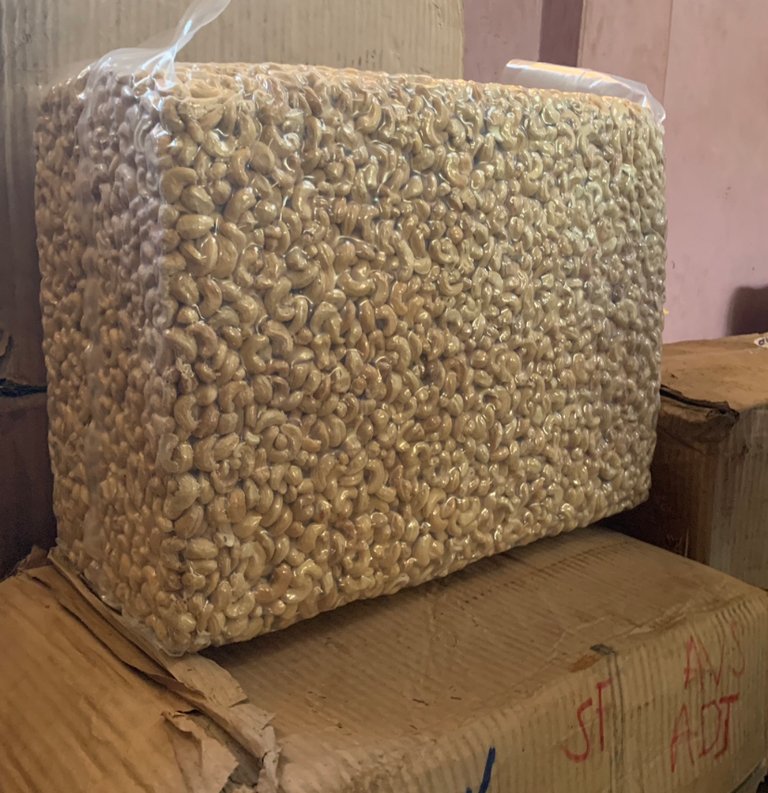
I have never been a fan of cashew but this trip opened my eyes to so many thing and now, look who’s big cashew lover. One thing that made me sad was the fact that, even though this community supplies Ghana and some parts of the world with about 75% of its cashew after harvest, some parts of the community are really under development. I guess these are the parts of countries no one wants to talk about. In all, I learnt so much about cashew and what goes on in a community of cashew farmers. I never thought I’d be in the Bono region of Ghana to know more about things that’s go on there but work and life has its own way of doing things.
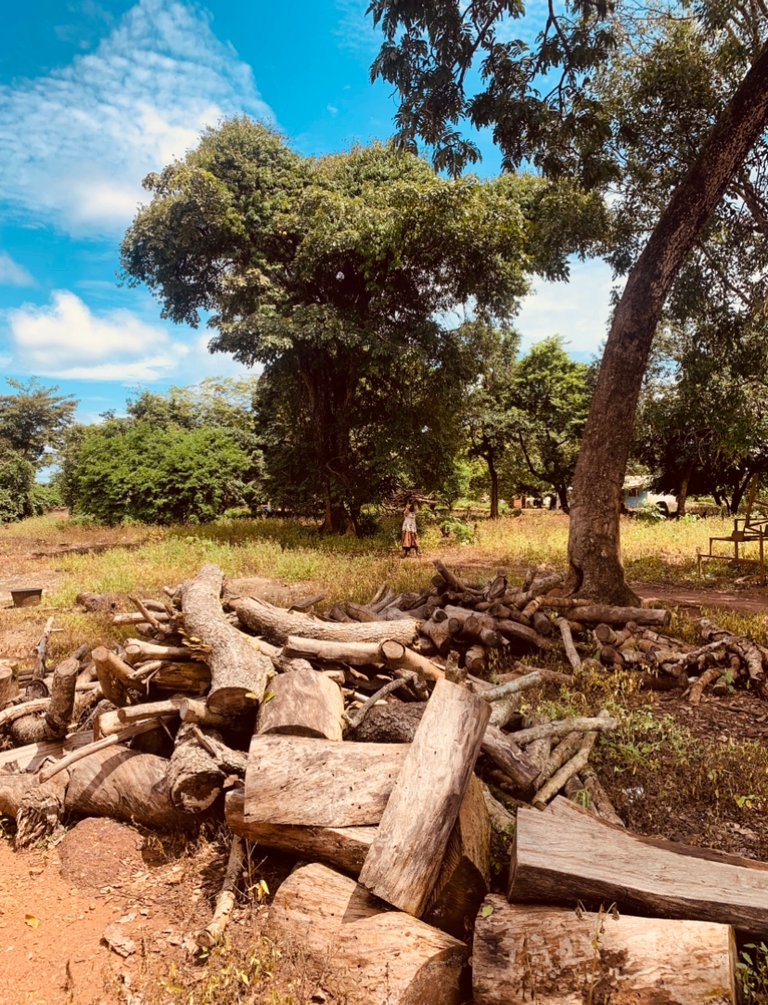
I hope you enjoyed reading this, thank you for your time.
all jmages belong to me.

